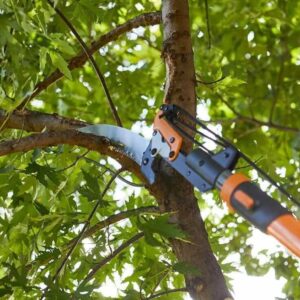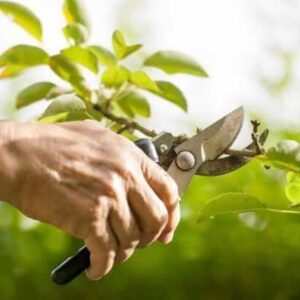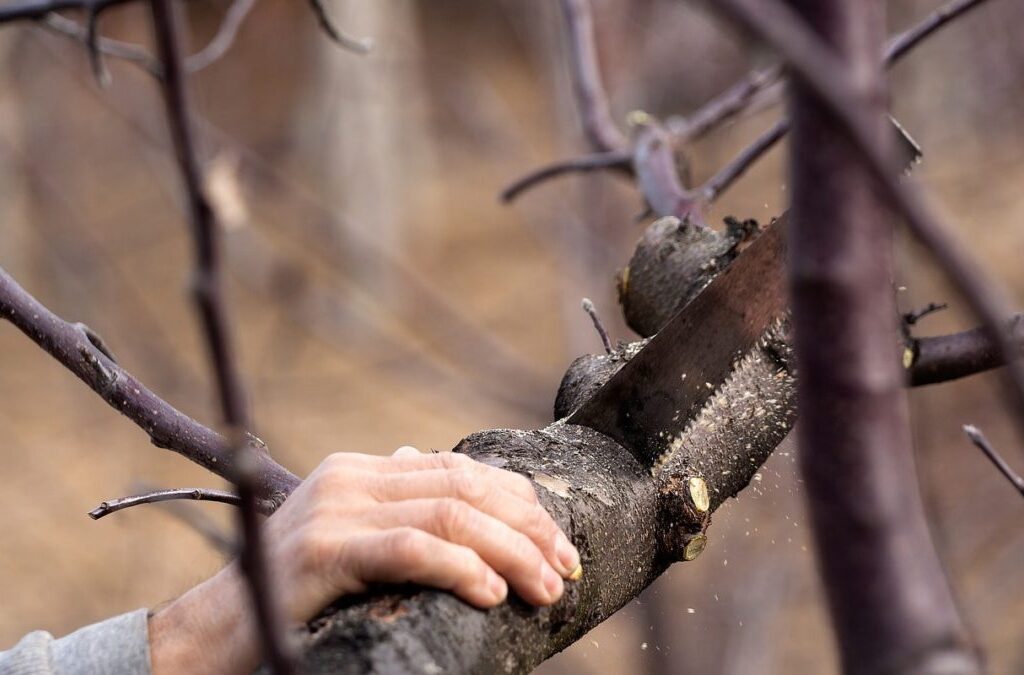Pruning & Trimming Tips
Introduction to Pruning and Trimming
If you’re looking to keep your garden in tip-top shape, pruning and trimming are essential practices. What do these terms actually mean, and why are they so crucial? In this guide, we’ll dive into the world of pruning and trimming, providing you with the knowledge and tips you need to keep your plants healthy and your garden beautiful.
Definition and Importance
Pruning involves cutting away dead or overgrown branches or stems to encourage healthy plant growth. Trimming, on the other hand, typically refers to cutting back plants to maintain a desired shape and size. Both practices are vital for plant health, aesthetics, and overall garden maintenance.
Benefits of Proper Pruning and Trimming
Proper pruning and trimming can lead to a plethora of benefits, including:
Healthier Plants: Removing diseased or dead parts prevents the spread of illness.
Increased Flowering and Fruit Production: Encouraging new growth leads to more flowers and fruit.
Improved Plant Appearance: Shaping plants enhances their natural beauty and fits them into your landscape design.
Safety: Removing hazardous branches can prevent accidents, especially in areas with high foot traffic.
Understanding the Basics
Before you start snipping away, it’s important to understand the basics of pruning and trimming.
Difference Between Pruning and Trimming
While often used interchangeably, pruning and trimming serve different purposes. Pruning focuses on plant health and removing specific branches, while trimming is more about maintaining shape and size.
Tools Needed for Pruning and Trimming
Investing in the right tools is crucial for effective pruning and trimming. Here’s a basic list:
Pruning shears are perfect for snipping smaller branches and stems.
Loppers: Suitable for thicker branches.
Pruning Saw: Necessary for large branches.
Hedge Trimmers: Essential for shaping hedges.
Gloves and Safety Goggles: Important for personal protection.
When to Prune and Trim
Timing is everything when it comes to pruning and trimming.

Best Time of Year
Late winter or early spring is the ideal time to prune trees and shrubs before they begin new growth.
Flowering Plants: Right after they bloom to avoid cutting off next year’s flowers.
Fruit Trees: Late winter when they’re dormant, but before they start to bud.
Signs That Your Plants Need Pruning or Trimming
Overgrown Appearance: If plants are taking over more space than desired.
Dead or Diseased Branches: Visible signs of damage or disease.
Reduced Flowering or Fruit Production: Indicates the plant may need rejuvenation.
Pruning Techniques
Different plants and purposes require different pruning techniques. https://treemastersservices.com/master pruning-trimming-tips-for a healthy/
Thinning
Removing entire branches back to the trunk or main stem to allow more light and air to reach the inner parts of the plant.
Topping
Cutting the top of a plant to reduce its height. Use sparingly as it can stress the plant.
Raising
Removing lower branches to lift the canopy, which is useful for trees over pathways or driveways.
Reduction
Cutting back the size of the plant while maintaining its shape.
Trimming Techniques
Trimming helps maintain the desired form and size of your plants.
Hedge Trimming
Regular trimming keeps hedges neat and encourages dense growth. Electric or manual hedge trimmers can be used depending on the hedge size.
Topiary Trimming
This art form involves shaping plants into decorative forms. Requires regular maintenance and a good eye for design.
Shrub Trimming
Cutting back shrubs to maintain their shape and promote healthy growth. Use hand shears for small jobs and electric trimmers for larger shrubs.
Pruning Different Types of Plants
Each type of plant has specific needs when it comes to pruning.
Trees
Focus on removing dead, diseased, or crossing branches. Focus on preserving the tree’s original form.
Shrubs
Prune to maintain shape and encourage fuller growth. For flowering shrubs, timing is key to avoid cutting off buds.
Flowering Plants
Deadhead spent blooms to encourage more flowers. Prune perennials after they bloom to tidy up.
Fruit Trees
Prune to shape the tree and improve fruit production. Remove any suckers and water sprouts.
Trimming Different Types of Plants
Different plants require specific trimming techniques for optimal growth and aesthetics.
Hedges
Trim regularly to maintain a uniform shape. Utilize a string guide to achieve perfectly straight edges.
Grass and Ground Covers
Mow or trim to keep them at a manageable height. Remove any invasive growth.
Ornamental Plants
Trim to enhance their natural shape and encourage healthy growth. Be mindful of their unique growth patterns.
Pruning for Plant Health
Vibrant, thriving plants are the cornerstone of a stunning garden.
Removing Dead or Diseased Branches
Cut back to healthy tissue to prevent the spread of disease. Dispose of diseased material properly.
Encouraging New Growth
Prune to stimulate growth in desired areas. This can lead to more flowers and fruit.
Preventing Disease Spread
Regular pruning can help manage and prevent the spread of diseases within your plants.
Trimming for Aesthetic Appeal
A well-trimmed plant enhances your garden’s overall look.
Shaping Plants
Trimming helps maintain the plant’s desired shape and integrates it into your landscape design.
Maintaining Desired Plant Size
Regular trimming keeps plants within their designated space, preventing overcrowding.
Enhancing Landscape Design
Trimming can turn ordinary plants into focal points and enhance the overall aesthetics of your garden.
Safety Tips for Pruning and Trimming
Safety should always come first.
Personal Protective Equipment (PPE)
Wear gloves, safety goggles, and appropriate clothing to protect yourself from sharp tools and debris.
Safe Handling of Tools
Always use tools according to the manufacturer’s instructions. Keep them sharp and in good working order to prevent accidents.
Common Mistakes and How to Avoid Them
Even seasoned gardeners make mistakes. Here are some typical errors and ways to prevent them
Over-pruning
Removing too much can stress the plant. Adhere to the “one-third guideline” – avoid cutting off more than one-third of the plant at a time.
Incorrect Timing
Pruning at the wrong time can reduce flowering or fruit production. Always research the best time to prune specific plants.
Improper Tool Use
Using the wrong tool can damage plants. Invest in quality tools and use them as intended.
Pruning and Trimming for Beginners
Starting out can be daunting, but with these tips, you’ll be pruning and trimming like a pro in no time.
Starting Small
Begin with easy-to-prune plants like shrubs or small trees. This will build your confidence and skills.
Learning from Mistakes
Don’t be afraid to make mistakes. Each cut is a learning opportunity.
Seeking Professional Help When Needed
If you’res


Good job
thank you